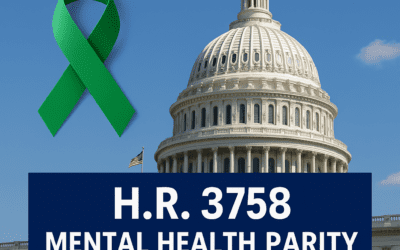Qualifying for disability benefits based on headaches or other disorders that are so painful that narcotic medications are prescribed can be a major challenge. Since there is no objective way to measure pain and because most migraine and cluster headaches are impossible to diagnose with objective testing such as MRI studies, disability insurers often resist paying benefit claims, especially if the benefit plan or policy requires the submission of “objective” medical evidence. But there are methods to improve the chances of having claims paid.
Two recent court rulings illustrate how success can be achieved by highlighting the errors made by insurance companies in assessing claims alleging disability due to painful conditions. In Hegarty v. AT&T Umbrella Benefit Plan No. 1, 2015 WL 3638542 (N.D. Cal. June 11, 2015), which involved a claimant suffering from migraine headaches, the claimant was successful because the insurance company’s medical consultants failed to address the claimant’s condition. Instead, they rejected the claim based on a lack of neurological deficits, the absence of a psychiatric disorder, and an assertion that there was no musculoskeletal limitations. However, none of that is what was alleged – the claimant alleged disability on account of debilitating migraine headaches.
In Hertan v. Unum Life Ins. Co. of Am., 2015 WL 3632244 (C.D.Cal. June 9, 2015), the claimant, an attorney, was unable to work on a full time basis due to the need to utilize narcotic medications to control severe pain due to a spinal impairment. Instead of looking at the cognitive requirements of the job of attorney, the insurance company focused solely on the physical demands.
Both cases illustrated the same point, though. In both cases, the treating doctors provided extensive documentation of treatment; and the court found it was illogical to believe that someone would be faking or exaggerating their condition after enduring such invasive treatment. Nor would the courts allow the insurance companies to avoid paying meritorious claims based on a lack of objective medical evidence. Even headache diaries have been accepted as objective medical evidence in disability benefit claims. The lesson learned is that the more documentation and consistency in the evidence, the greater the likelihood that benefits will be paid.






